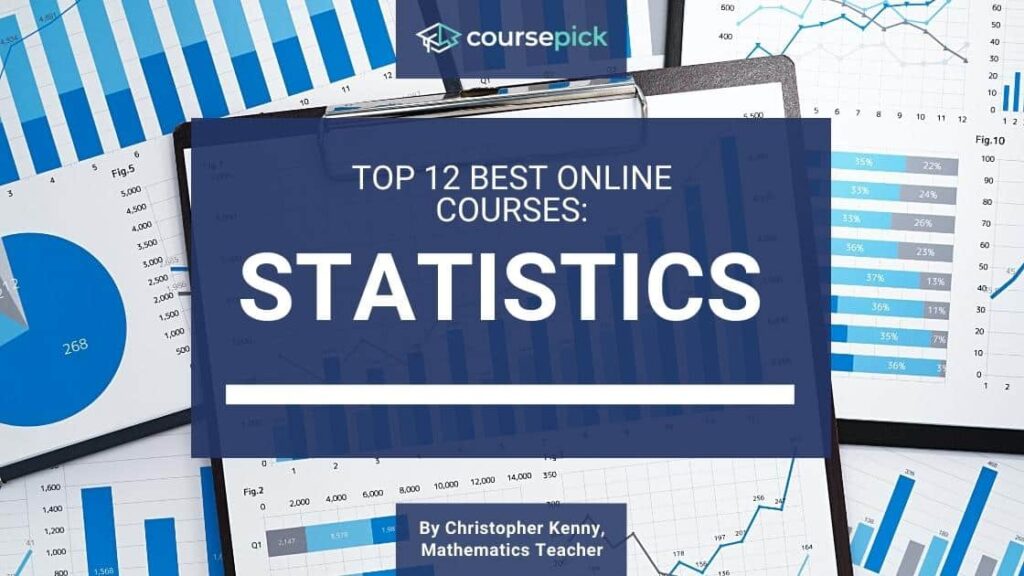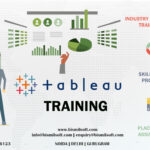I used to dread the very word: "statistics." It conjured up visions of endless formulas, complex equations, and professors with stern faces, all conspiring to make my brain hurt. For years, I avoided anything that even hinted at numbers beyond basic arithmetic. But then, life threw me a curveball. A new opportunity, one I genuinely wanted, required me to "understand data." Gulp. That’s when I decided to take the plunge and enroll in a Statistics Course.
And let me tell you, it was nothing like I imagined.
The Leap of Faith: Why I Needed a Beginner Statistics Course
My biggest fear wasn’t just the math; it was the feeling of being completely lost. I wasn’t a math whiz, and the thought of being surrounded by people who "got it" while I floundered was terrifying. So, my first mission was to find a beginner statistics course, something that started from the very basics, explaining things as if I’d never seen a number line before.
What motivated me? The desire to make sense of the world around me. Every day, we’re bombarded with numbers – "70% of people prefer X," "studies show Y," "the average Z." I wanted to understand what those numbers really meant, where they came from, and how reliable they were. I wanted to stop nodding along politely when someone mentioned a "p-value" or a "confidence interval" and actually know what they were talking about. This wasn’t just about a job; it was about truly learning statistics to navigate modern life.
The First Steps: Making Friends with Numbers (Descriptive Statistics)
The initial few lessons were surprisingly gentle. We started with what’s called descriptive statistics. This is like taking a pile of raw information and tidying it up, summarizing it so you can see what’s there at a glance.
Our instructor, a truly patient person, explained concepts like:
- Mean, Median, and Mode: These are just different ways to find the "average" or "typical" value in a set of numbers. The mean is what you usually think of as an average (add them all up, divide by how many there are). The median is the middle number when you line them all up. And the mode is the number that shows up most often. Suddenly, understanding why a news report might use "median income" instead of "average income" made perfect sense – it’s less skewed by a few super-rich people!
- Range and Standard Deviation: These helped me understand how spread out the numbers were. Is everyone clustered around the average, or are there huge differences between the highest and lowest values? This was a game-changer for evaluating data quality.
It felt less like complex math and more like learning a new language to describe collections of things. It was a comforting start, easing me into the idea that perhaps, just perhaps, I could actually do this.
Stepping into the Unknown: Probability and Distributions
Next, we dipped our toes into probability. This is all about the likelihood of something happening. What’s the chance of rain tomorrow? What’s the probability of drawing a certain card from a deck? It felt a bit like a puzzle, but a fun one. We learned about independent events, dependent events, and how to calculate these chances.
Then came the "bell curve," officially known as the normal distribution. This was a fascinating concept. Many natural phenomena, from people’s heights to test scores, tend to follow this shape. Most values cluster around the middle, and fewer values are found at the extremes. Understanding this helped me see how individual data points fit into a larger picture. It was like realizing there’s a predictable pattern hidden within seemingly random events.
The Real Magic Began: Inferential Statistics
This is where the Statistics Course truly came alive for me. While descriptive statistics help you summarize the data you have, inferential statistics helps you make educated guesses or draw conclusions about a larger group (a "population") based on a smaller sample of data you’ve collected. This is the heart of research and data analysis.
We explored some incredibly powerful ideas:
- Hypothesis Testing: This was my "aha!" moment. It’s how researchers test their ideas. For example, "Does this new fertilizer actually make plants grow taller?" You set up a "null hypothesis" (the fertilizer has no effect) and an "alternative hypothesis" (it does have an effect). Then, you collect data and use statistical tests to see if your evidence is strong enough to reject the null hypothesis. Learning about the p-value and how it helps you make these decisions felt like gaining a superpower. It’s not about proving something absolutely, but about seeing if the evidence strongly supports an idea.
- Confidence Intervals: Instead of just giving one "average" number, a confidence interval gives you a range of numbers where the true average of the population is likely to fall. For instance, "We are 95% confident that the true average height of students is between 165 cm and 170 cm." This provides a much more realistic and nuanced picture than a single point estimate.
This part of the statistics course wasn’t just about numbers; it was about making informed decisions and challenging assumptions. It taught me to be critical of claims and look for the evidence behind them.
My "Aha!" Moments and Real-World Impact
As the course progressed, it was like a fog lifting from my perception of the world. Suddenly, I started seeing data analysis everywhere:
- News Articles: I could critically evaluate polls, studies, and claims about "significant differences." I’d ask myself, "What was the sample size? How was the data collected? What kind of test did they use?"
- Marketing: Understanding how companies segment their audience and test ad effectiveness became clear.
- Personal Decisions: Even small choices, like comparing different products or understanding risks, felt more informed.
The biggest takeaway for me was that learning statistics isn’t about memorizing formulas (though some are helpful); it’s about developing a way of thinking. It’s about questioning, exploring, and understanding patterns and uncertainties. It’s about transforming raw information into meaningful insights.
Why You Should Consider a Statistics Course (Especially for Beginners)
If my story resonates with you – if you’ve ever felt intimidated by numbers or wished you could understand the data driving so much of our world – then I genuinely encourage you to explore a Statistics Course.
- It’s More Accessible Than You Think: Don’t let past anxieties hold you back. Many online statistics courses and local classes are designed specifically for beginners, focusing on concepts and applications rather than just rote memorization.
- It’s a Foundational Skill: Whether you’re interested in data science, market research, public policy, healthcare, or simply being a more informed citizen, a grasp of statistics is an invaluable tool.
- It Changes Your Perspective: You’ll start to see patterns, understand probabilities, and question assumptions in a way you never did before. It truly equips you to make better, more evidence-based decisions.
Taking that Statistics Course was one of the best decisions I ever made. It didn’t just teach me about numbers; it taught me how to better understand the world, how to ask better questions, and how to think more critically. It transformed me from someone who dreaded statistics into someone who now genuinely appreciates its power and beauty. And if I can do it, starting from absolute zero, then so can you.



